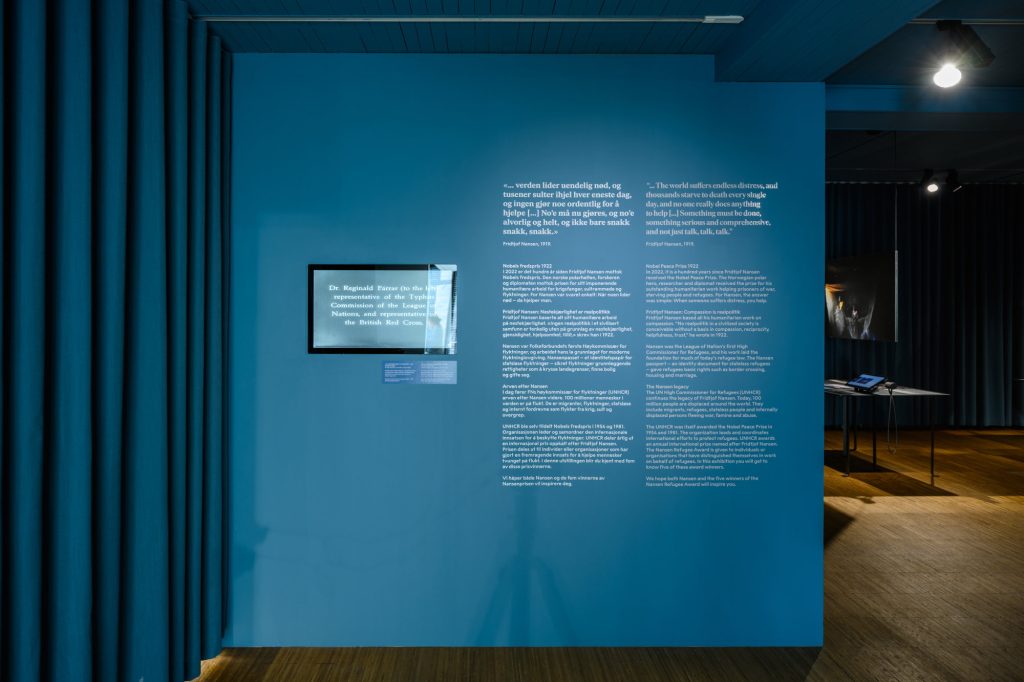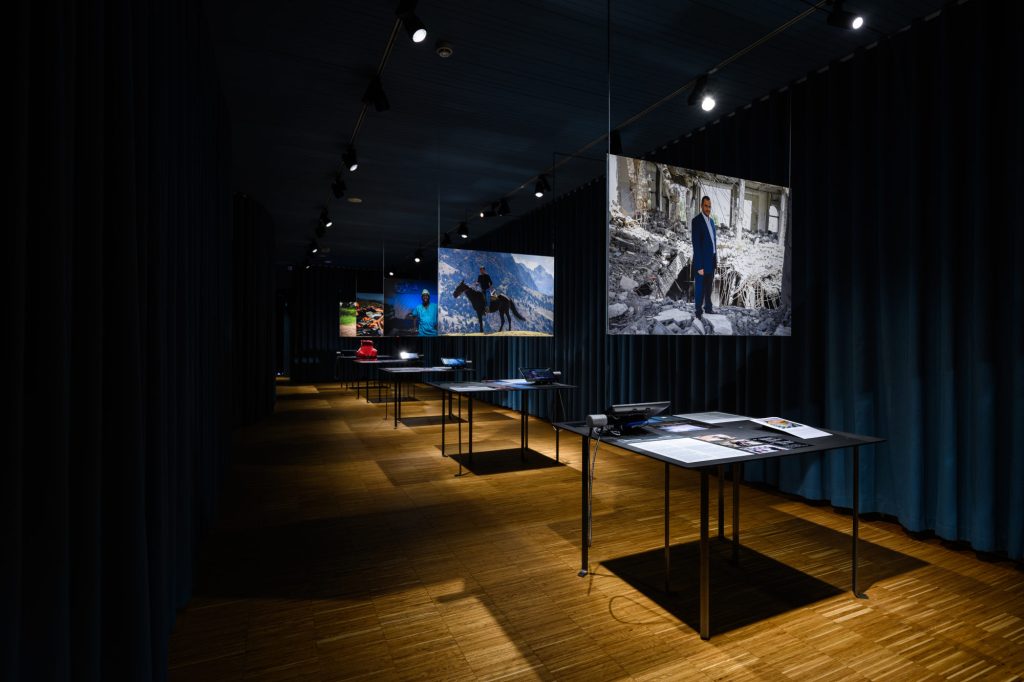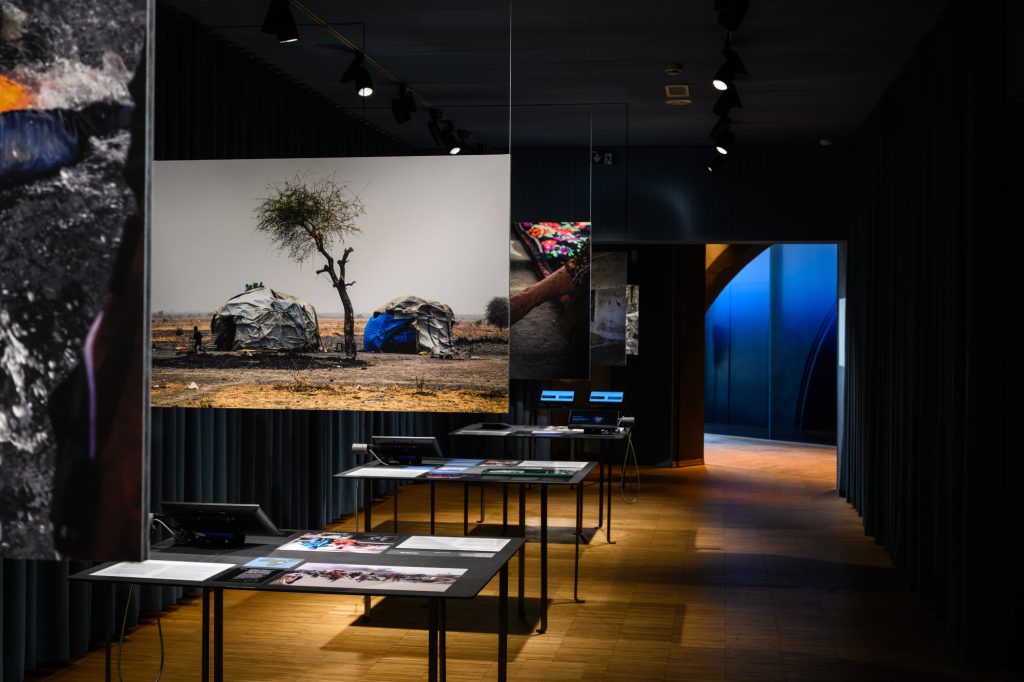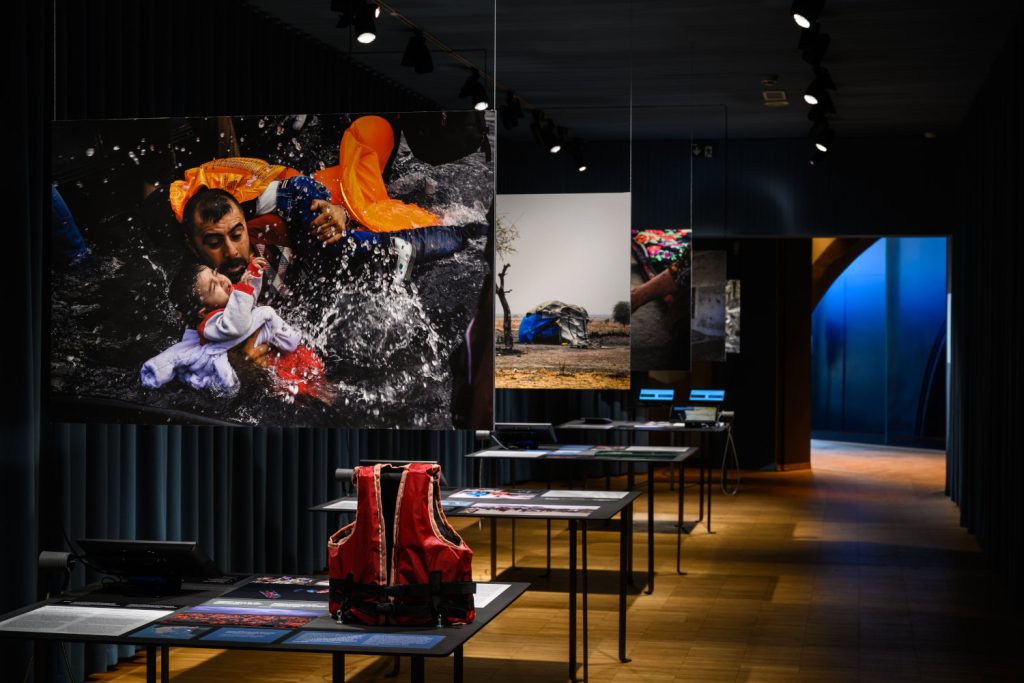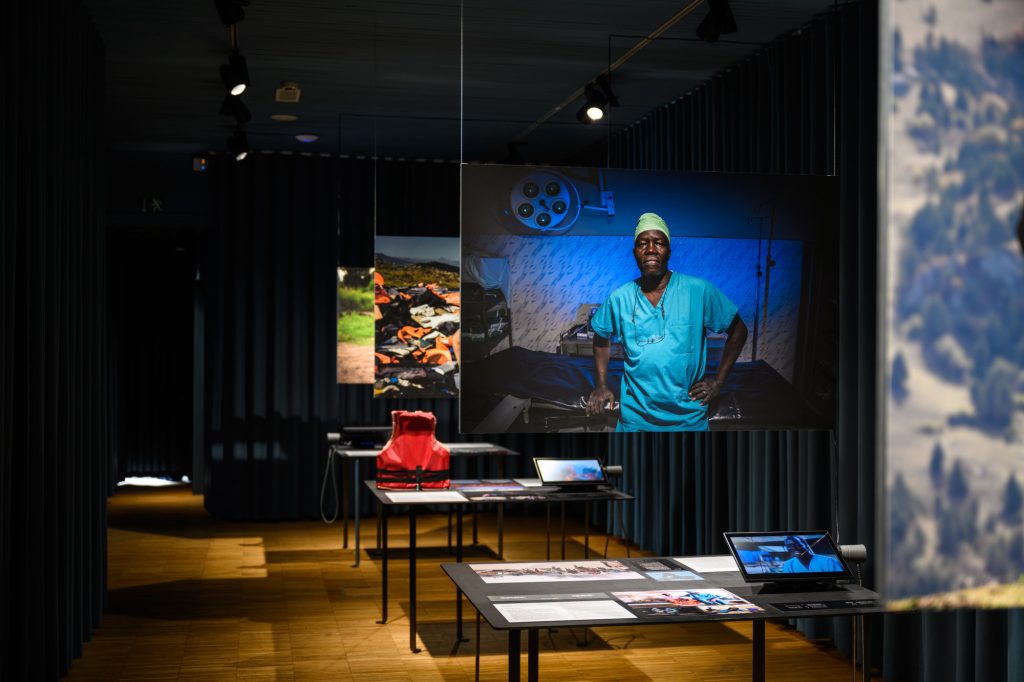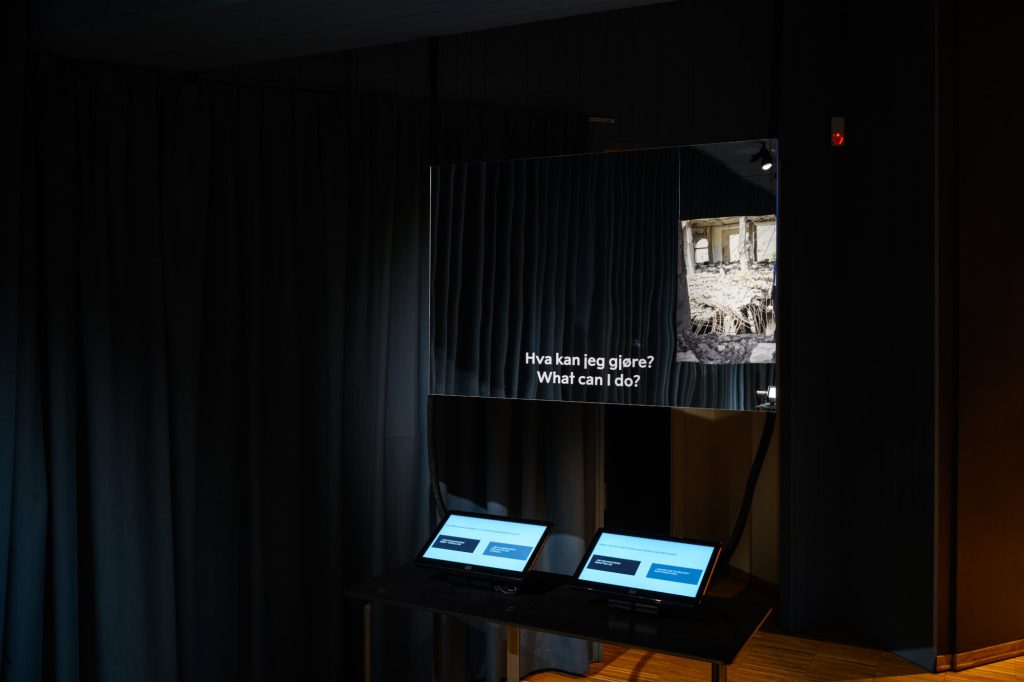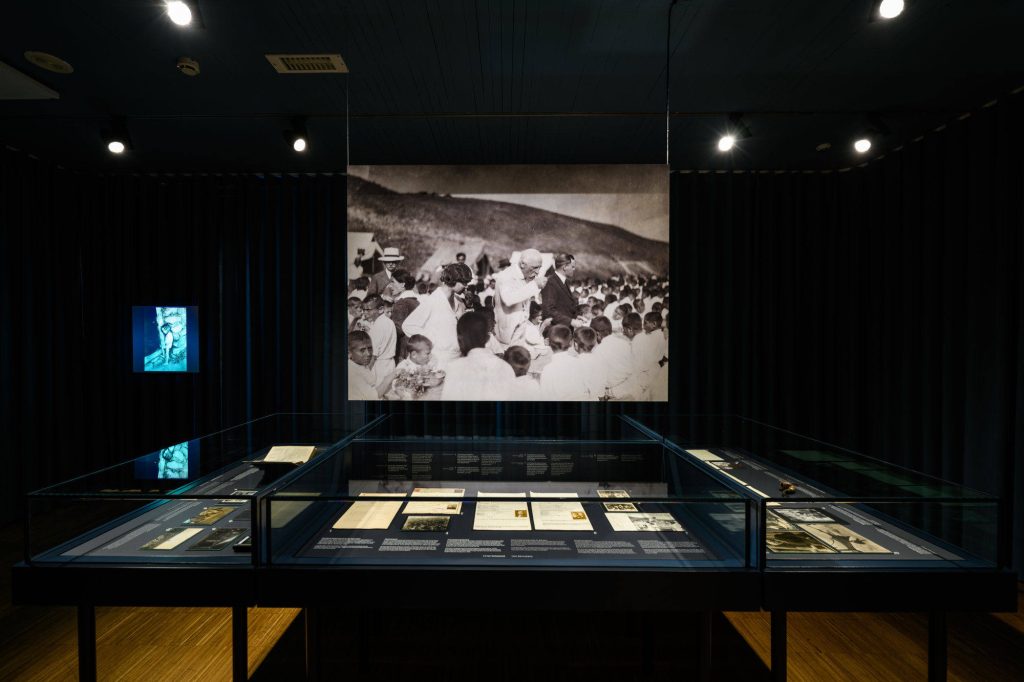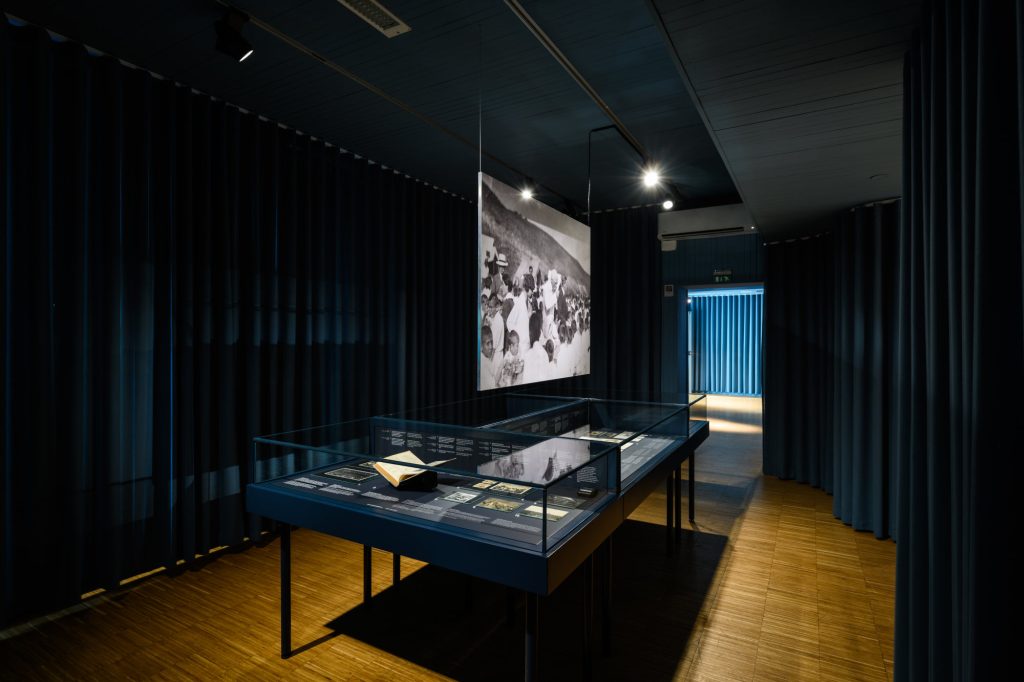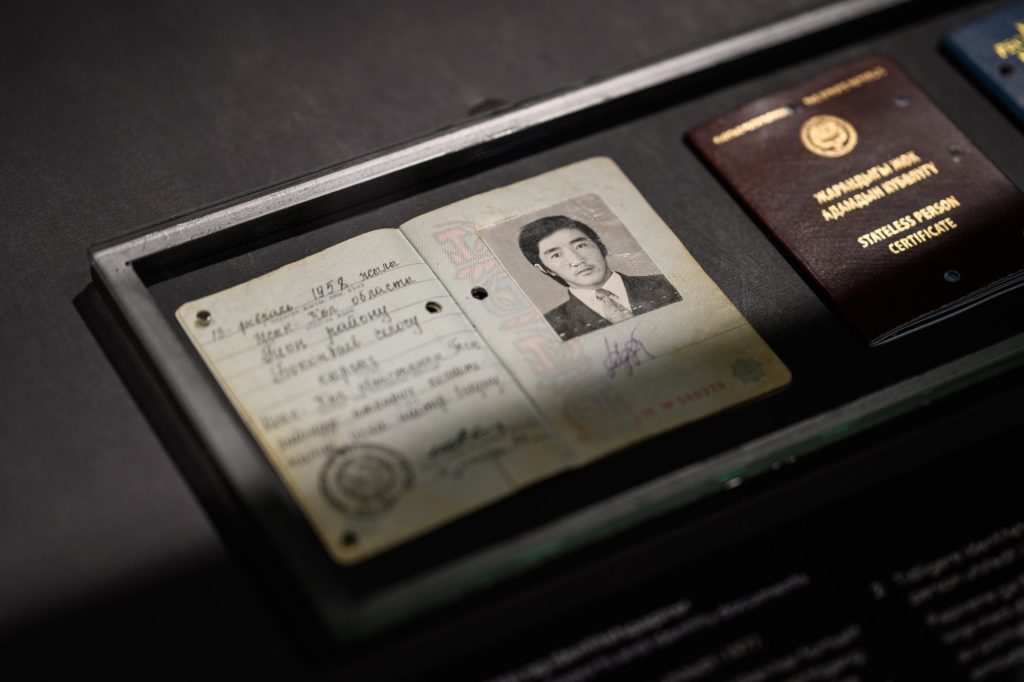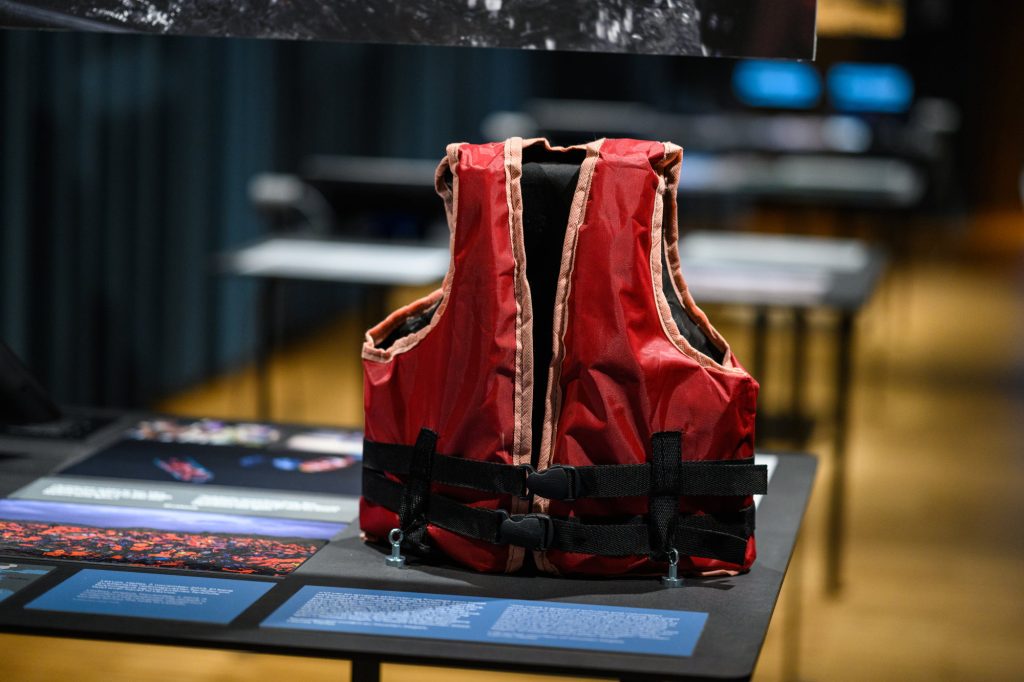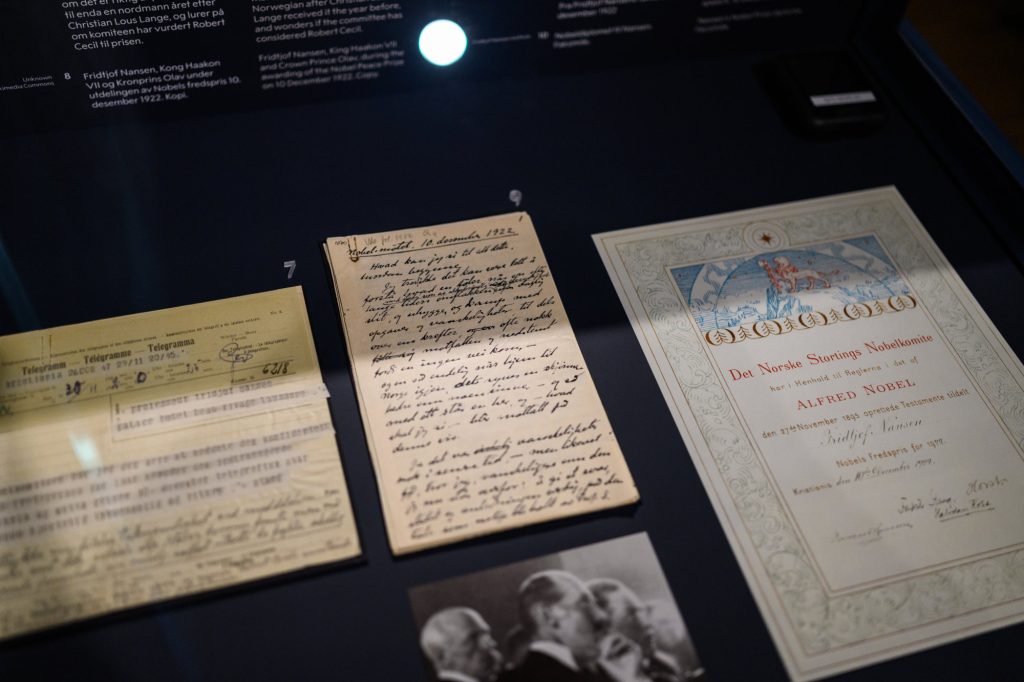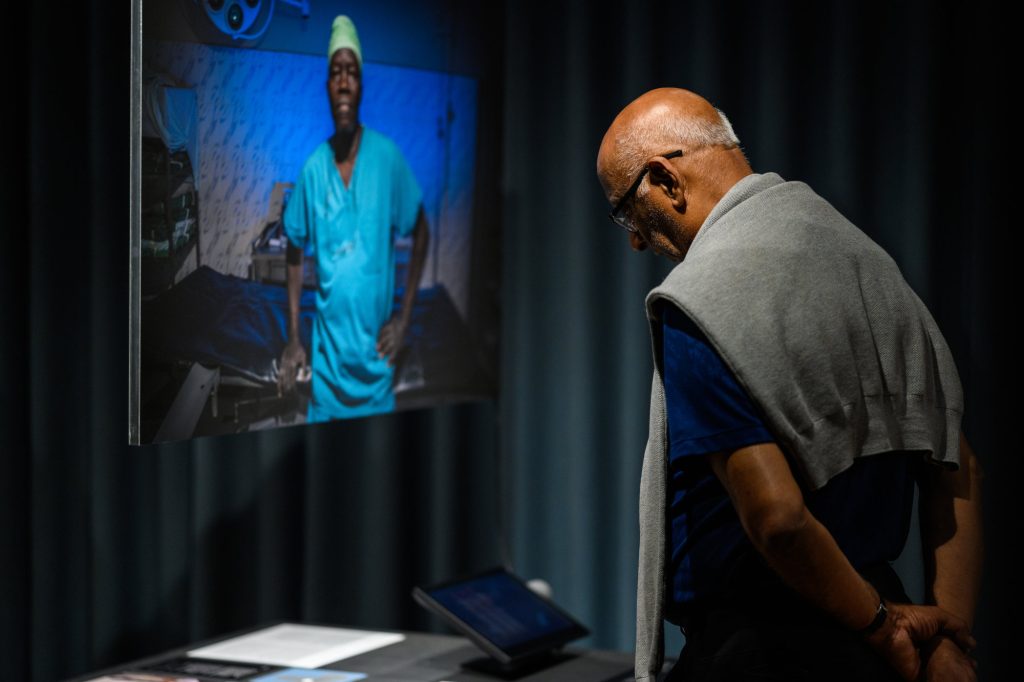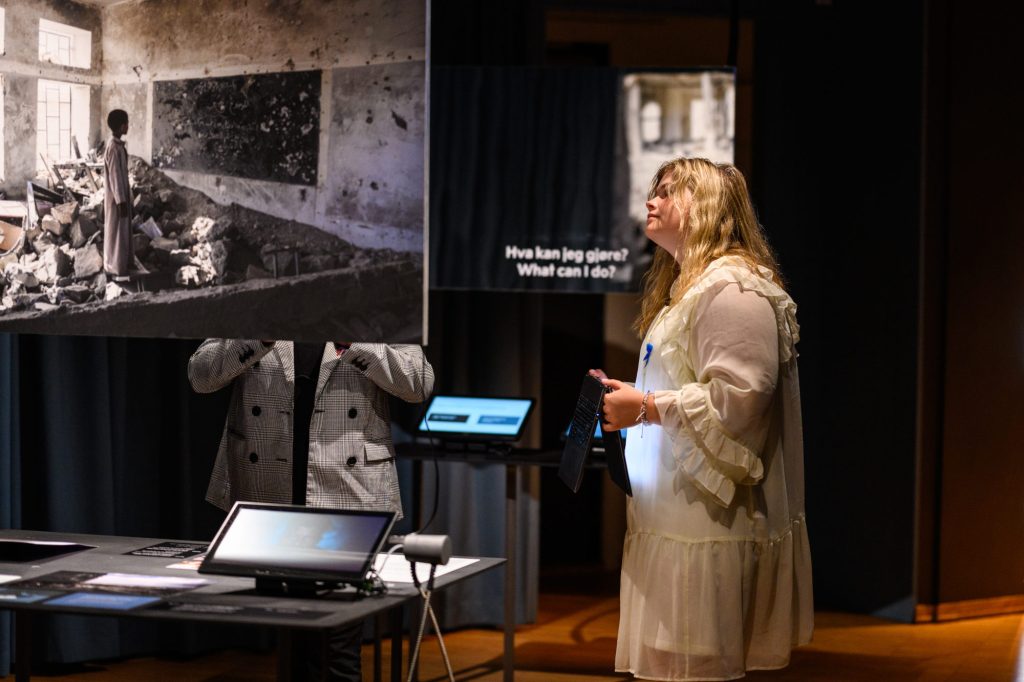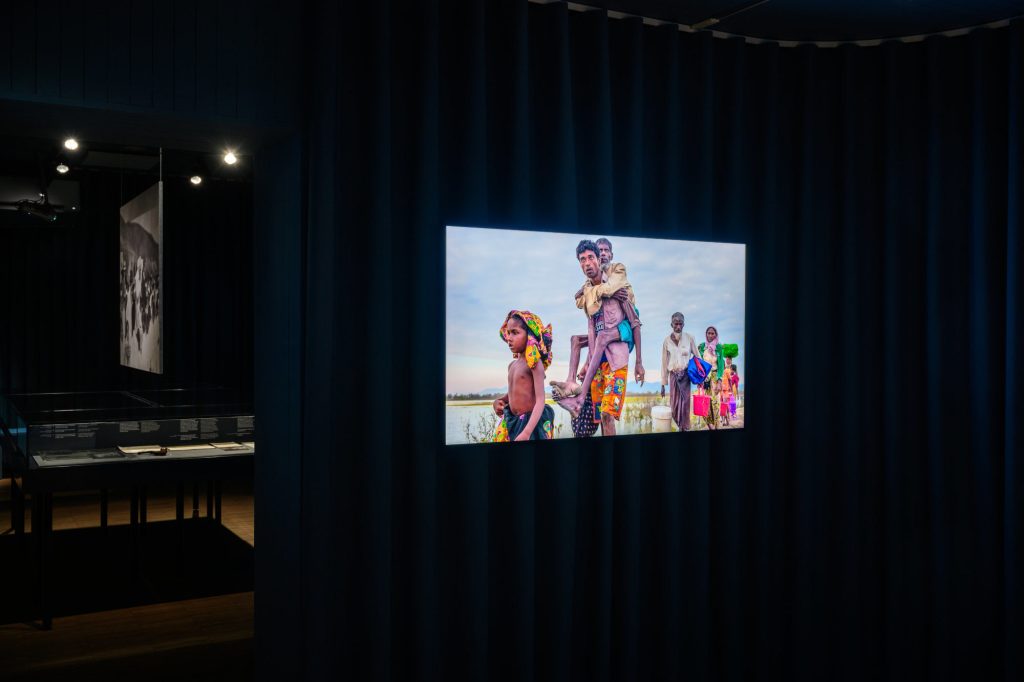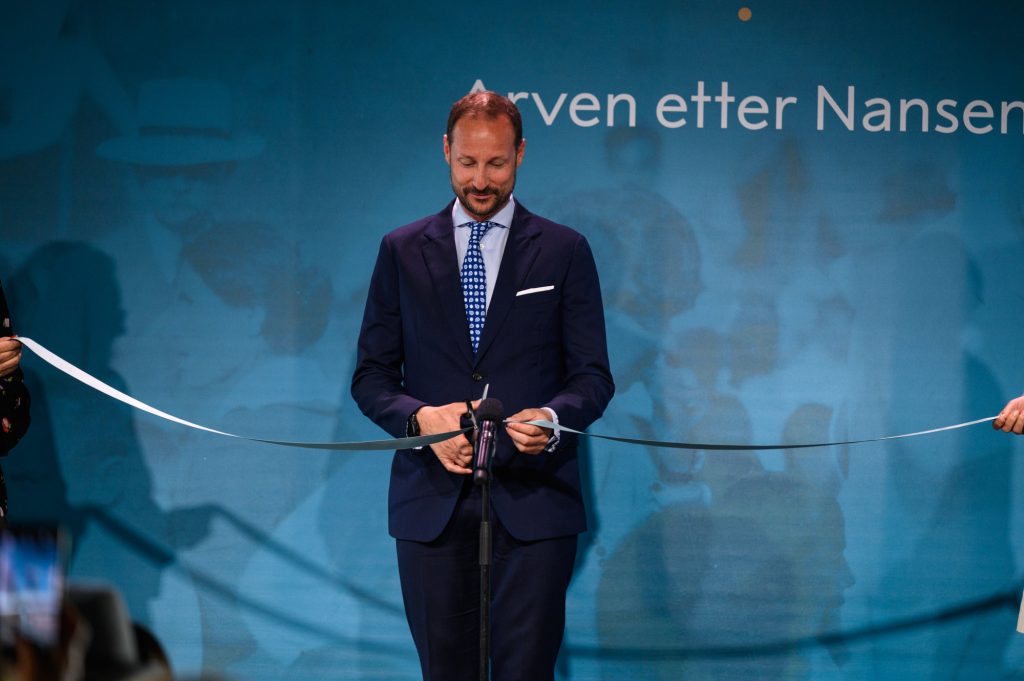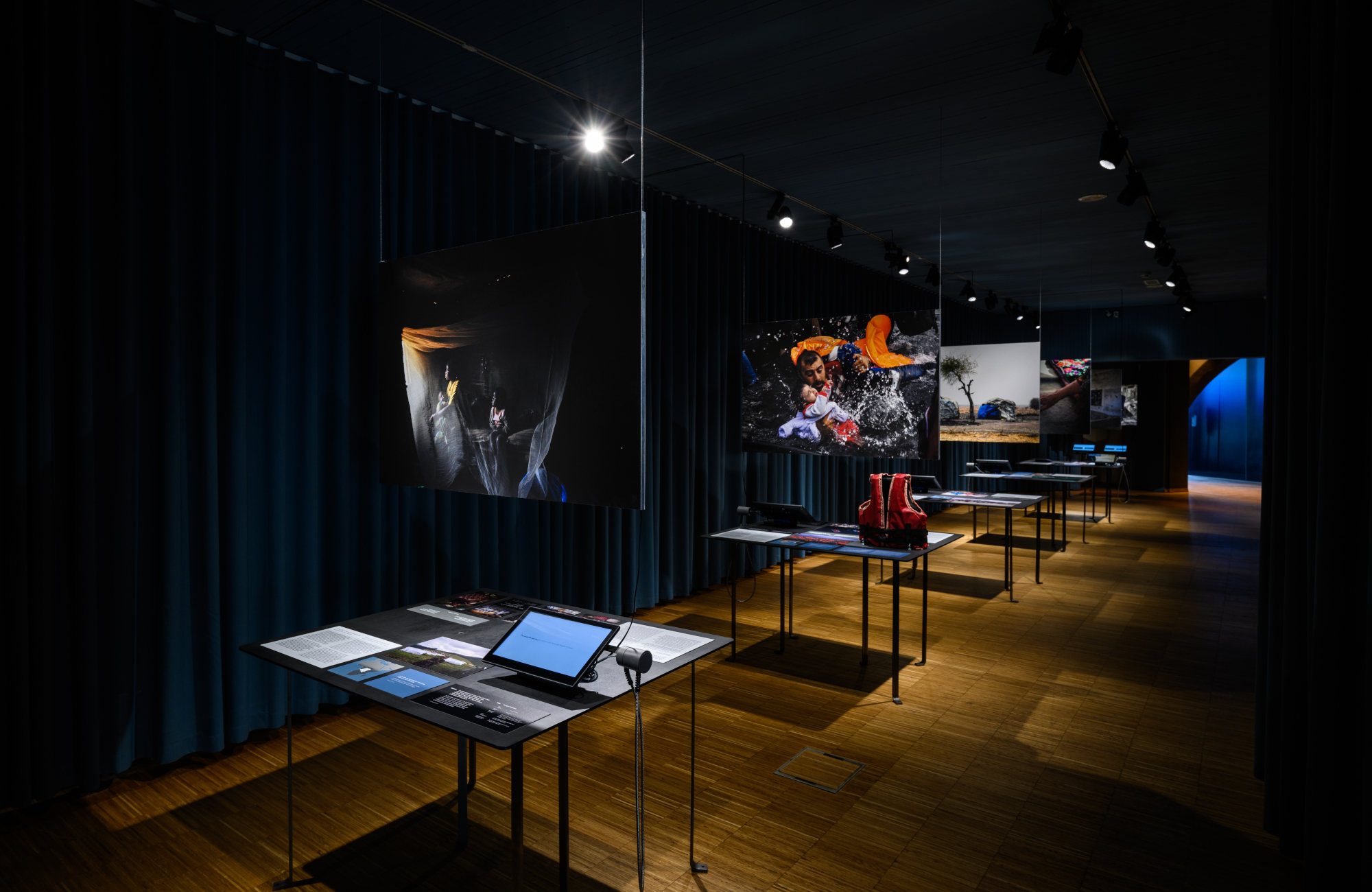20 June–31 December 2022
Nobel Peace Center, Norway
In 2022, it was hundred years since Fridtjof Nansen received the Nobel Peace Prize. The Norwegian polar hero, researcher and diplomat received the prize for his outstanding humanitarian work helping prisoners of war, starving people and refugees after World War 1. Fridtjof Nansen based all his humanitarian work on compassion. “No realpolitics in a civilized society is conceivable without a basis in compassion, reciprocity, helpfulness, trust,” he wrote in 1922.
The League of Nations appointed Nansen to direct its work with repatriating prisoners of war after World War 1, he became the first High Commissioner for Refugees and he introduced the Nansen Passport, an identity document for stateless refugees which gave refugees basic rights such as border crossing, housing and marriage. In late 1921, Nansen travelled to Russia to visit the areas hardest hit by famine. He had been prepared to see suffering and death, but the immense misery exceeded anything he had expected.
Nansen struggled to find funding for the relief work, but, by going on lecture tours using strong images and stories from the famine in Russia, Nansen still managed to raise some funds. Some of these photos are shown in the exhibition, and they create strong feelings even today.
The Nansen legacy
The exhibition also draws a picture of today’s situation for refugees. The UN High Commissioner for Refugees (UNHCR) continues the legacy of Fridtjof Nansen by awarding an annual international prize named after Fridtjof Nansen. The Nansen Refugee Award is given to individuals or organisations that have distinguished themselves in work on behalf of refugees. The exhibition presented five of these award winners. The need to some something “serious and comprehensive” to help is just as big today as it was hundred years ago.
Curators: Anne Marit Lunde, Asle Olsen, Eirin Svendsen
Project Managers: Lisa Tennevoll Jensen & Anne Marit Lunde
Exhibition Design: Manthey Kula Architects
